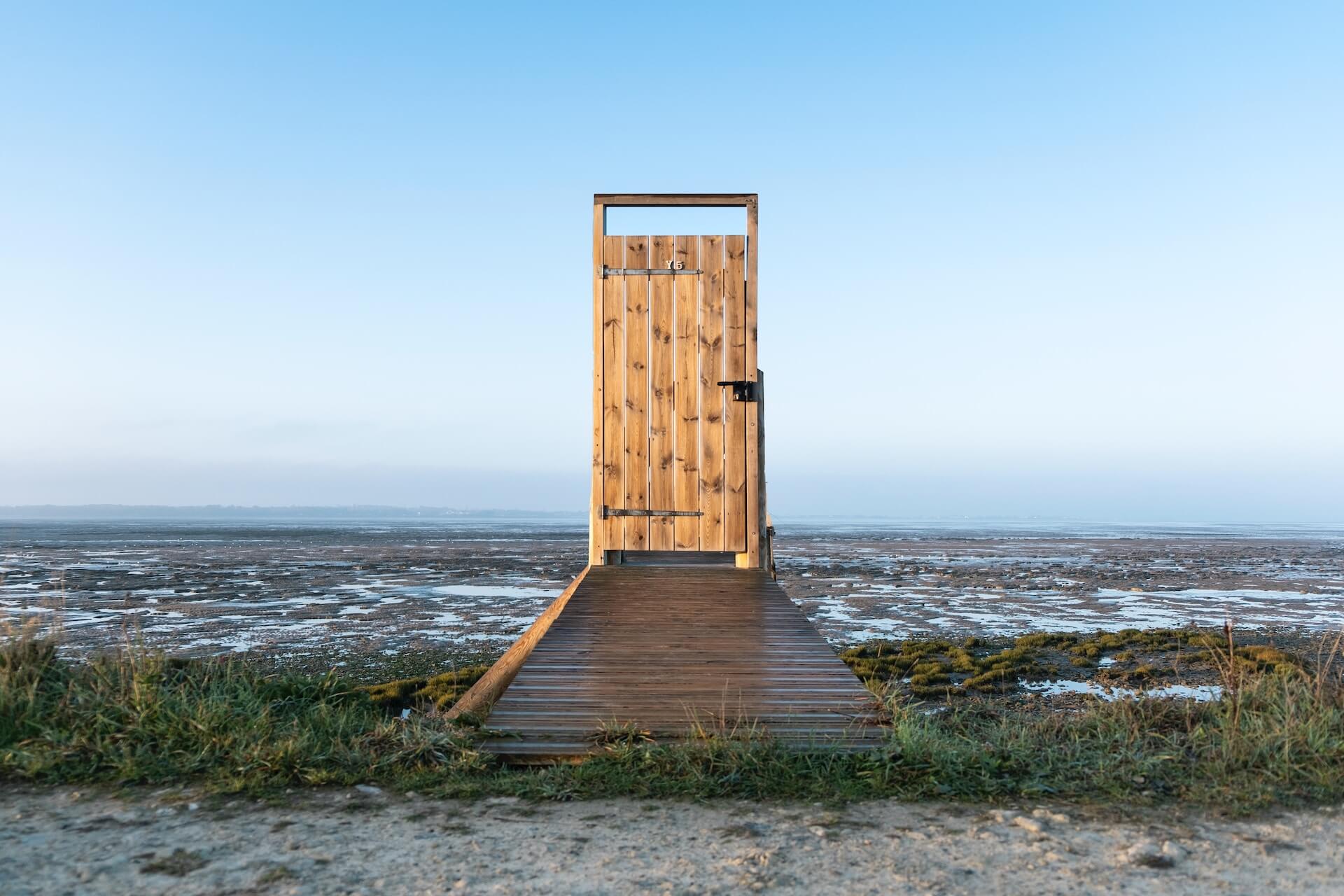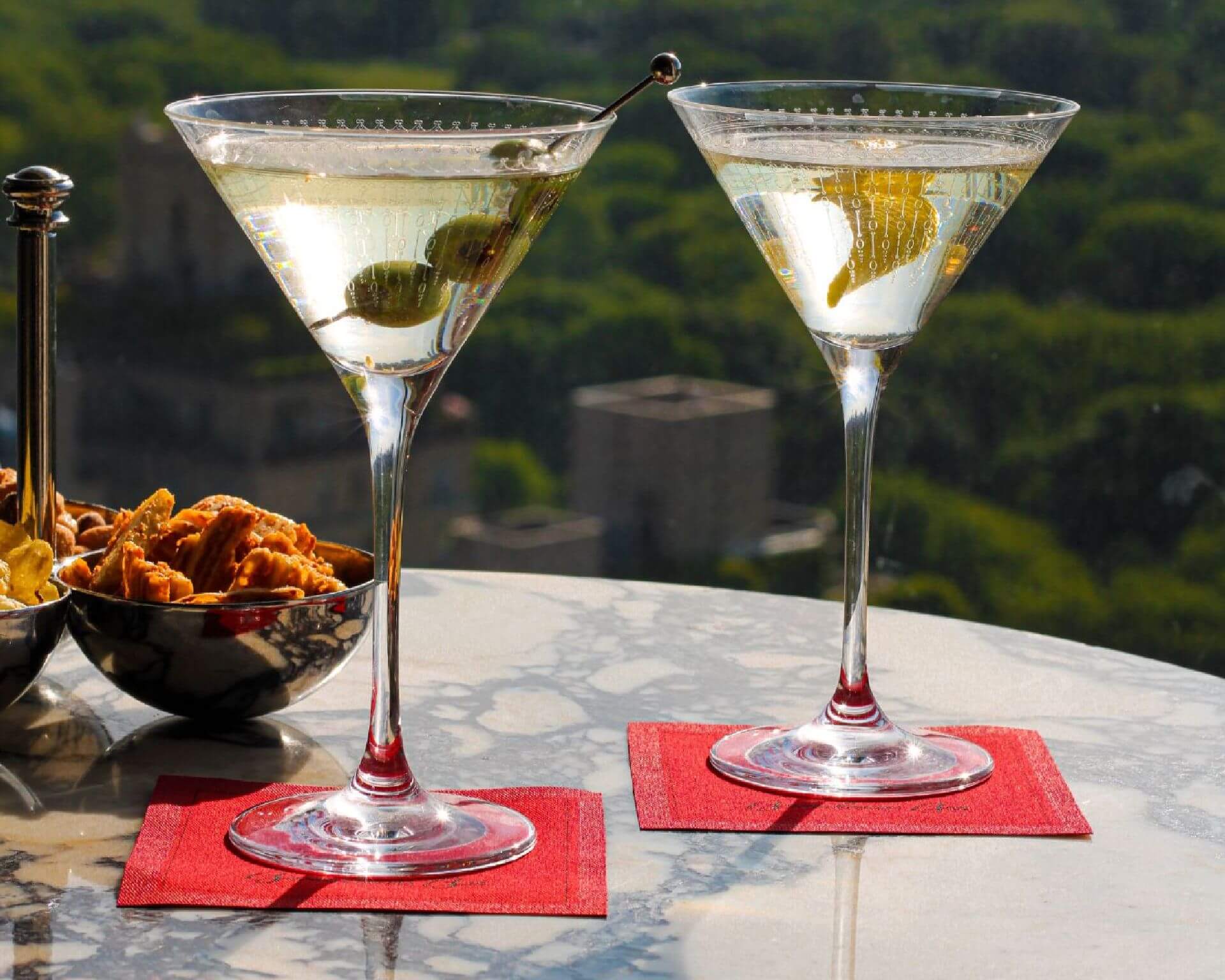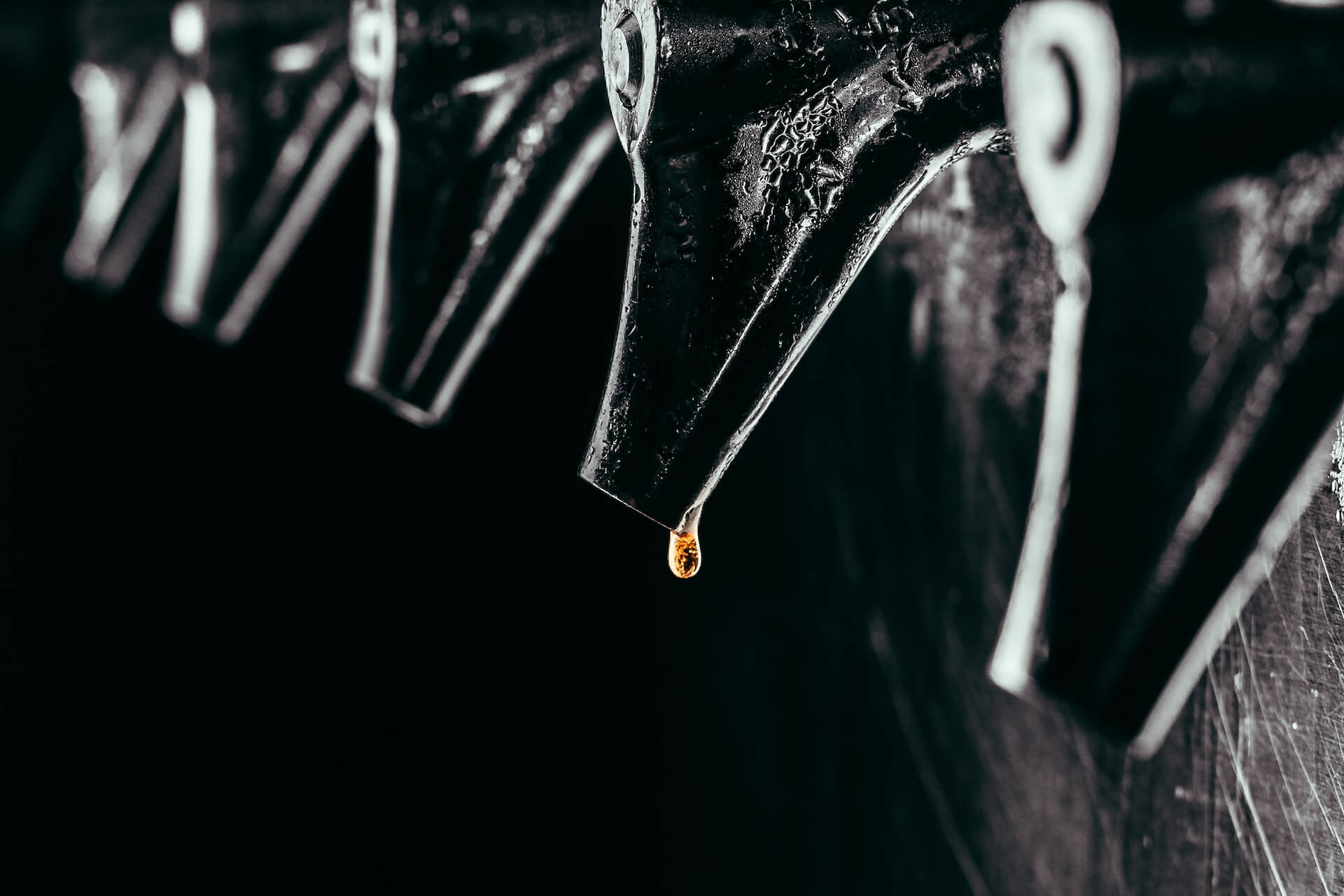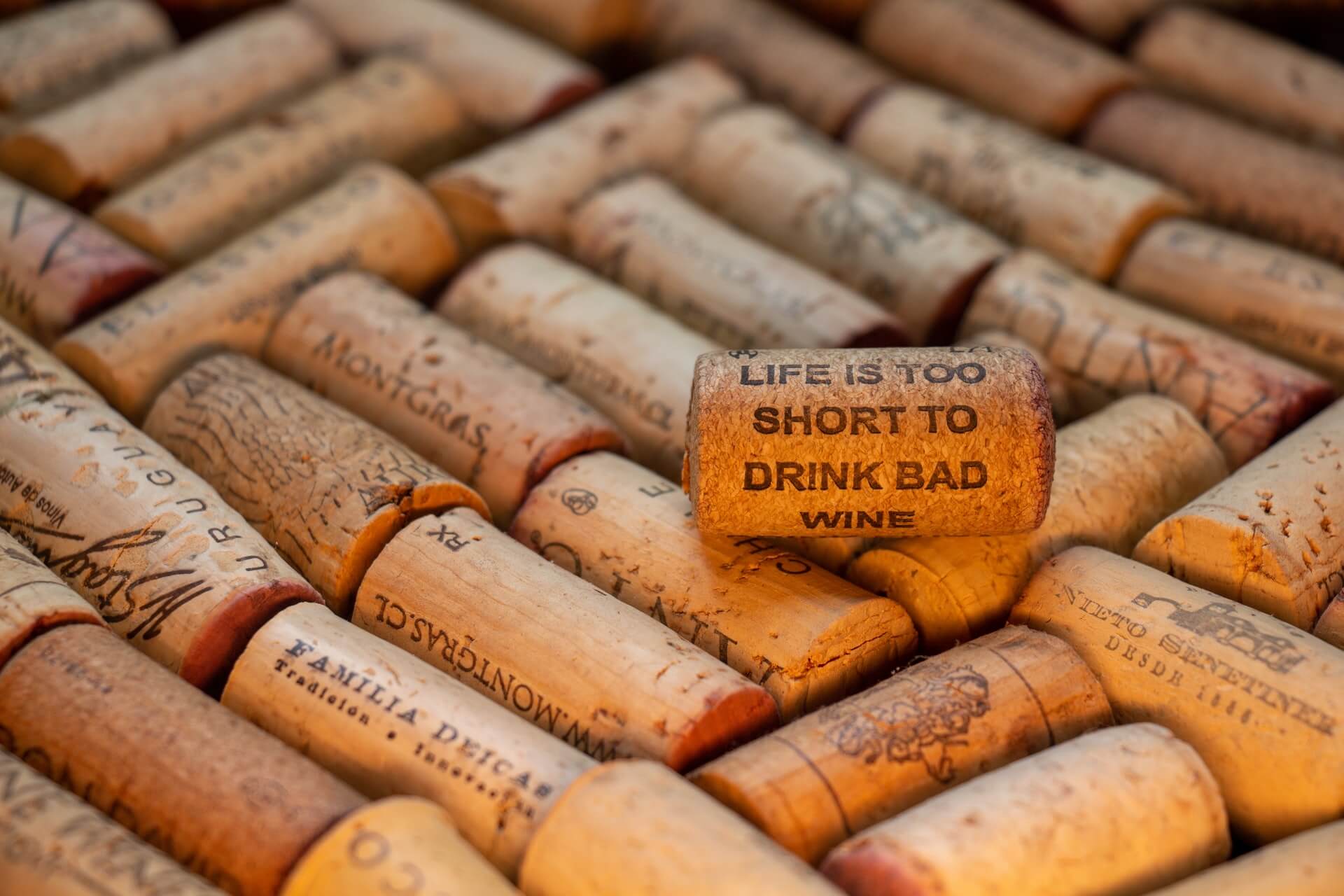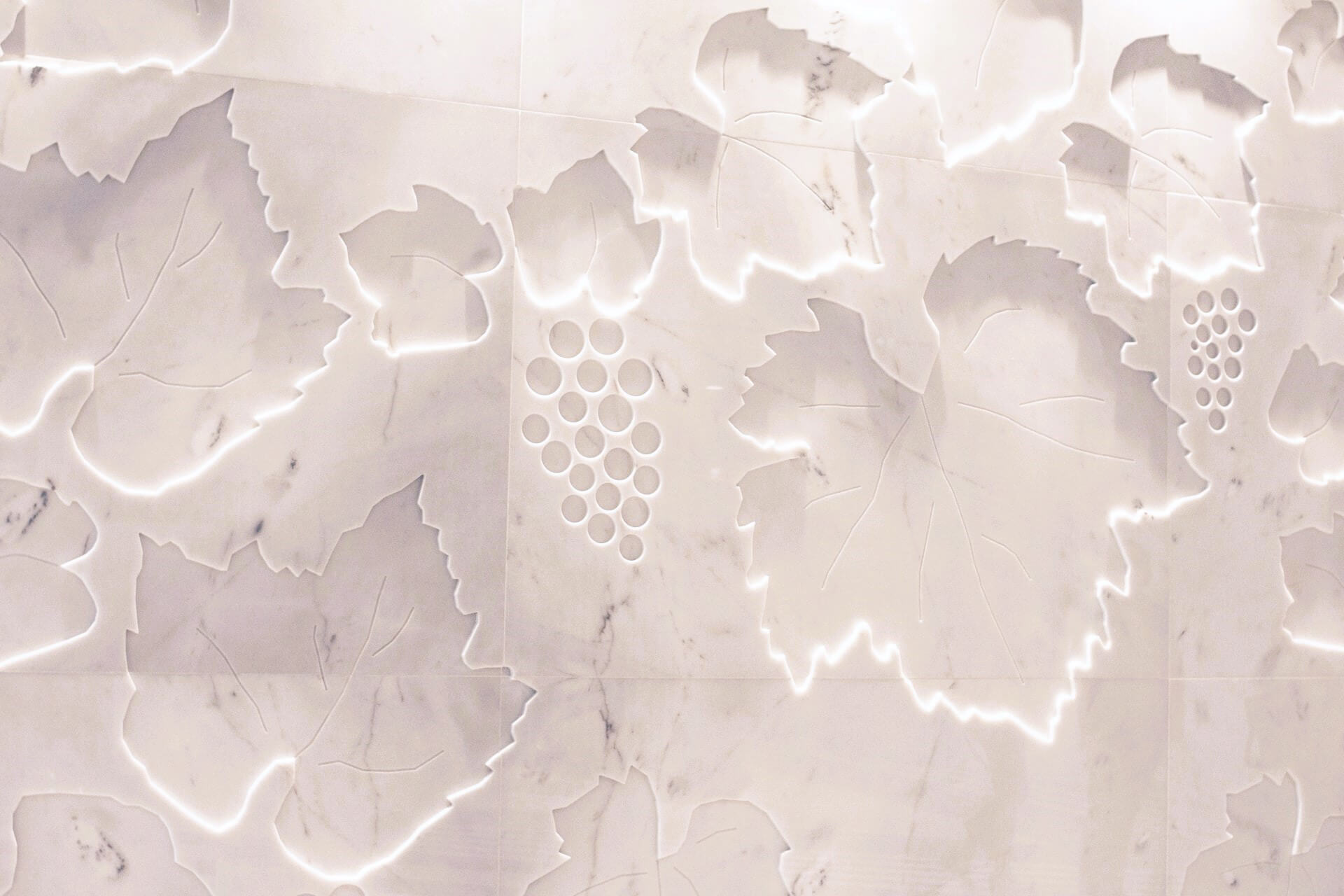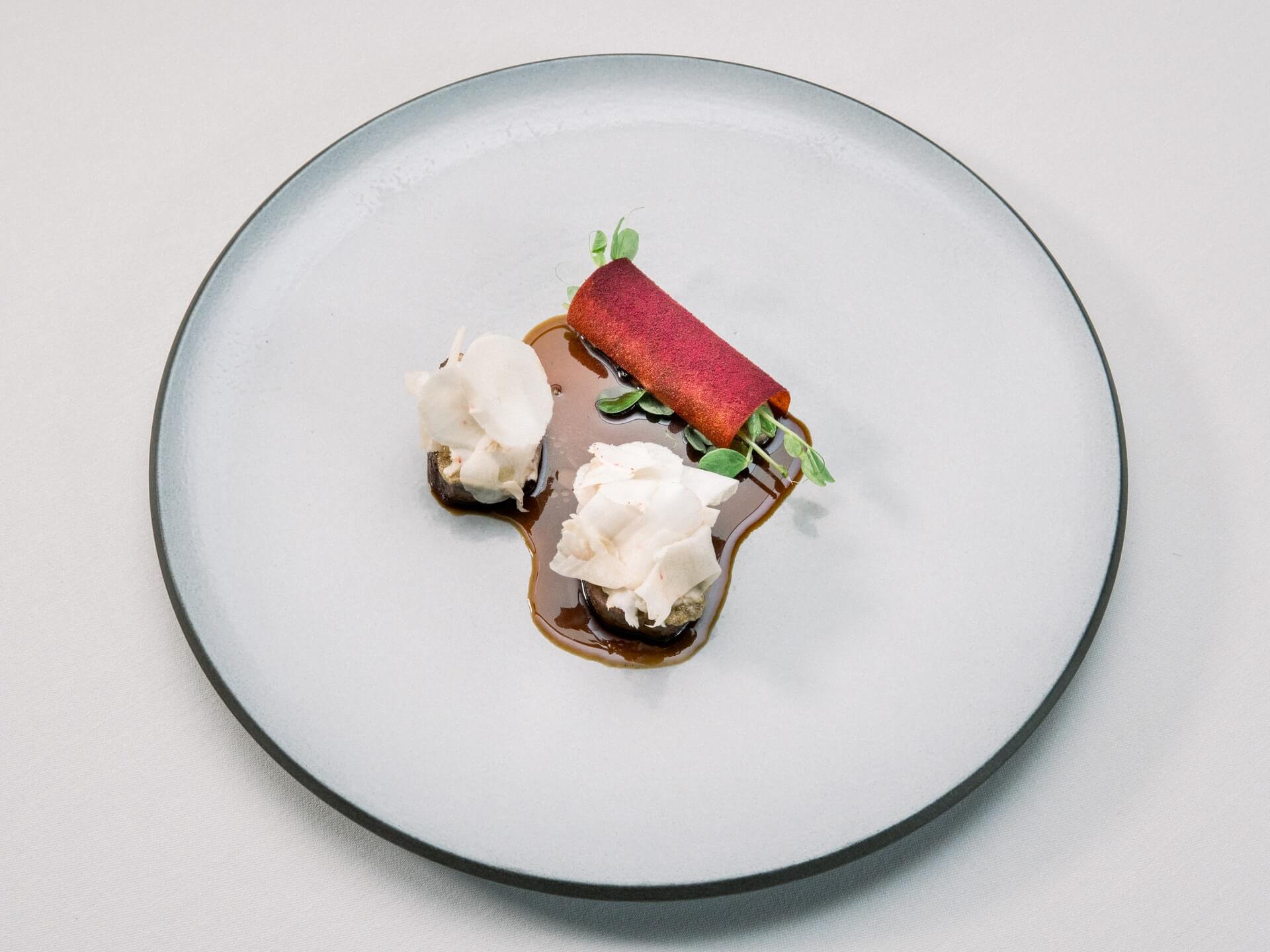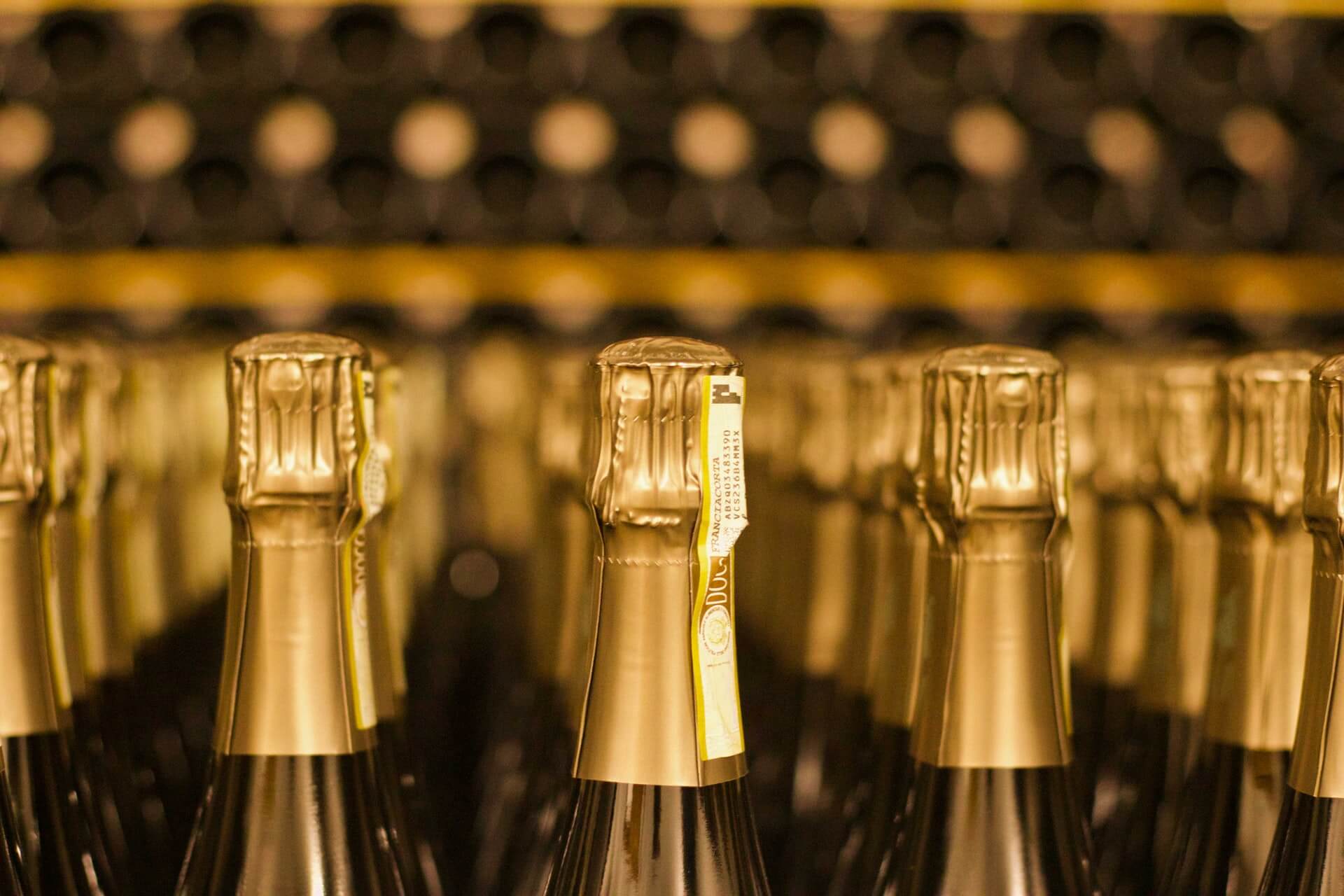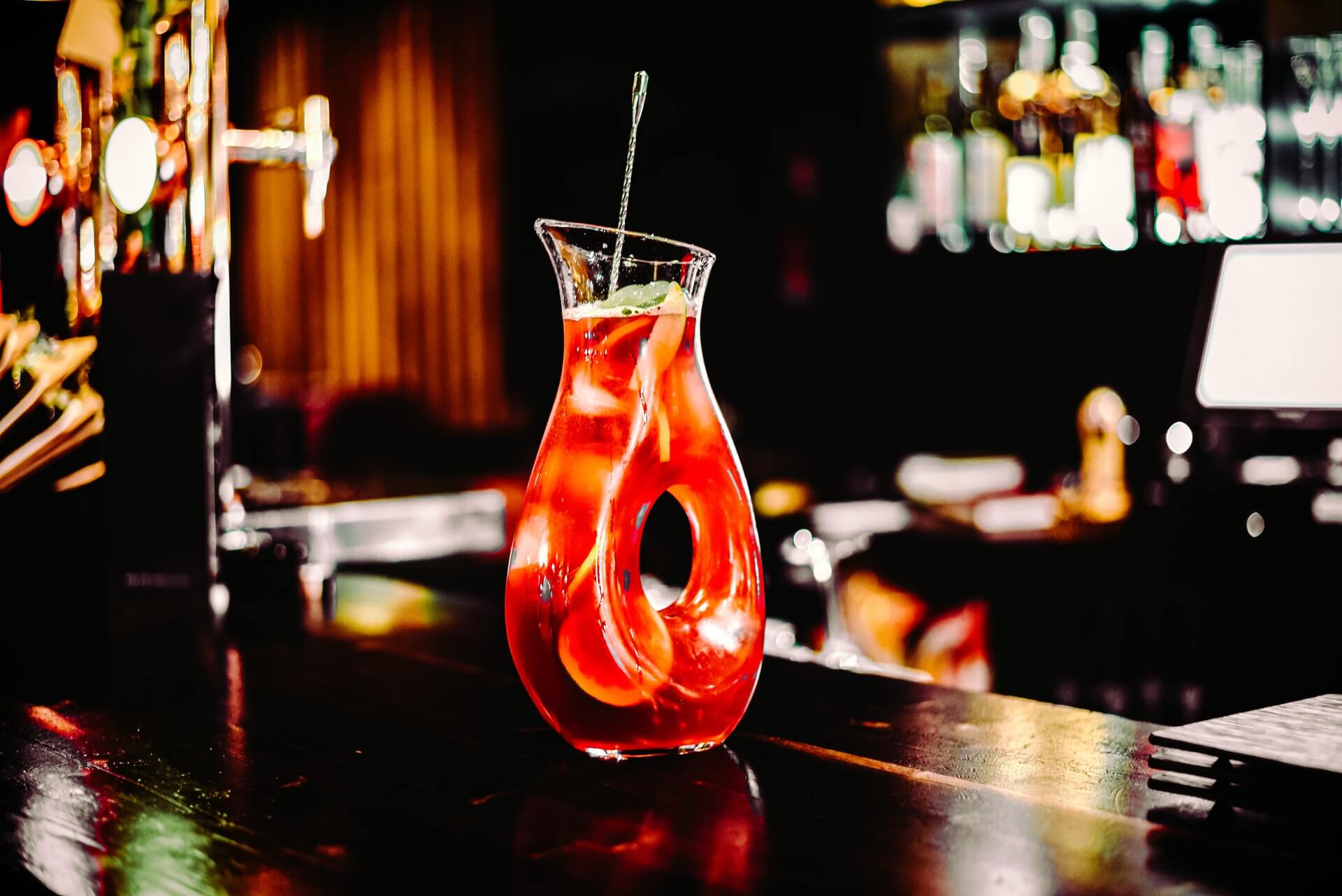iPourIt Releases Their 2023 Pour Report
by David Klemt

Interactive self-serve beer experience platform iPourIt‘s latest report, the 2023 Pour Report, is now available for download and review.
iPourIt is a pioneer in the self-serve beverage space. While it may seem counter-intuitive to some, many guests have shown time and again that they enjoy using self-serve walls. For these guests, a not in any way insignificant number, iPourIt installations enhance the guest experience, increase loyalty, and boost revenue.
And while many people associate iPourIt and self-serve programs with beer, these systems can also pour wine, cocktails on tap, spirits, non-alcohol beverages, and soft drinks.
View this post on Instagram
Another benefit from iPourIt? Transparency and sharing of data. The company doesn’t limit providing valuable guest behavior insight to their clients. Rather, they make the data they collect available to anyone. Simply head to their website, fill out a few fields, and gain important beverage insights.
Anyone curious can choose between a standard report and a “pro” version. Both are free to download and peruse. People can also read our article that dives into their fourth-annual report via this link.
Below you’ll find key takeaways from their 2023 report. I strongly urge operators to download and review either report.
The Who
We agree that demographics are a metric that people and businesses often misuse. Valuegraphics can be far more effective for businesses looking to build loyalty and boost revenue.
Still, demographics can provide beneficial insights.
First, let’s look at how men and women used iPourIt systems in 2022. Men poured 20,477,288 ounces last year, whereas women poured 10,848,435 ounces. The average per pour for men was 6.4 ounces in comparison to 5.3 ounces per pour from women. On average, men spent $14.72 per visit to an iPourIt-equipped location; women spent $12.24.
Next, the generational breakdown. IPA was the number-one style poured for Baby Boomers, Generation X, and Millennials. For legal-drinking-age Generation Z drinkers, IPA came in second; their top pour style was cider. Likewise, Lager claimed second place for Boomers, Gen X, and Millennials. Second was IPA for Gen Z, and Lager was third. Wheat beer was third place for Boomers, fourth for Gen X and Millennials, and fifth for Gen Z. Sour came in fifth for Gen X and Millennials fourth for Gen Z; for Boomers, the style didn’t rank among the top five. Stout clinched the fifth spot for Boomers.
Finally, in terms of traffic, men of every age group poured more ounces than their female counterparts.
The What
Below, the top 10 styles of beer poured by men:
- Fruit beer
- Pale Ale
- Blonde
- Pilsner
- Stout
- Sour
- Wheat beer
- Cider
- Lager
- IPA
In descending order, the top five (download the report for the top ten) products poured by men were Michelob Ultra, Bud Light, Golden Road Brewing Mango Cart, Coors Light, and Modelo Especial.
And now the top styles of beer or category of beverage poured by women:
- Stout
- Fruit beer
- Blonde
- White wine
- Hard seltzer
- Wheat beer
- Sour
- Lager
- IPA
- Cider
Also in descending order, the top products poured by women were Michelob Ultra, Mango Cart by Golden Road Brewing, Bud Light, Ace Pineapple Cider, and Coors Light.
The Where
The 2023 Pour Report by iPourIt breaks the US down into five regions: West, Southwest, Midwest, Southeast, and Northeast.
Because our American head office is in Las Vegas and our hotel consultant is in Pennsylvania, we’ll look at the West and Northeast.
The top-five pours for the West in 2022 were:
- Bud Light
- Firestone Walker Brewing Co. 805
- Golden Road Brewing Mango Cart
- Coors Light
- Modelo Especial
While the top-five pours in the Northeast were:
- Blue Moon Brewing Co. Belgian White
- Allagash Brewing Co. White
- Lord Hobo Brewing Co. Boom Sauce
- Sloop Brewing Co. Juice Bomb
- Stella Artois
For the curious, Bud Light and Coors Light are categorized as American-style Light Lagers, 805 is a Blonde Ale, Mango Cart is a Wheat Ale, and Modelo Especial is a Mexican-style Pilsner. Blue Moon and Allagash White are both Belgian-style wheat beers (or Witbiers), Boom Sauce is a Double IPA, Juice Bomb is a Northeastern IPA, and Stella Artois is a Lager.
For further insights, please download this year’s iPourIt report here.
Image: cottonbro studio on Pexels


